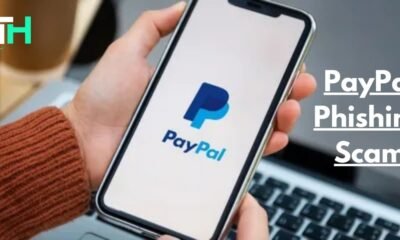Phishing attack
What is a Phishing Scam? How to Stay Safe from Cyber Threats
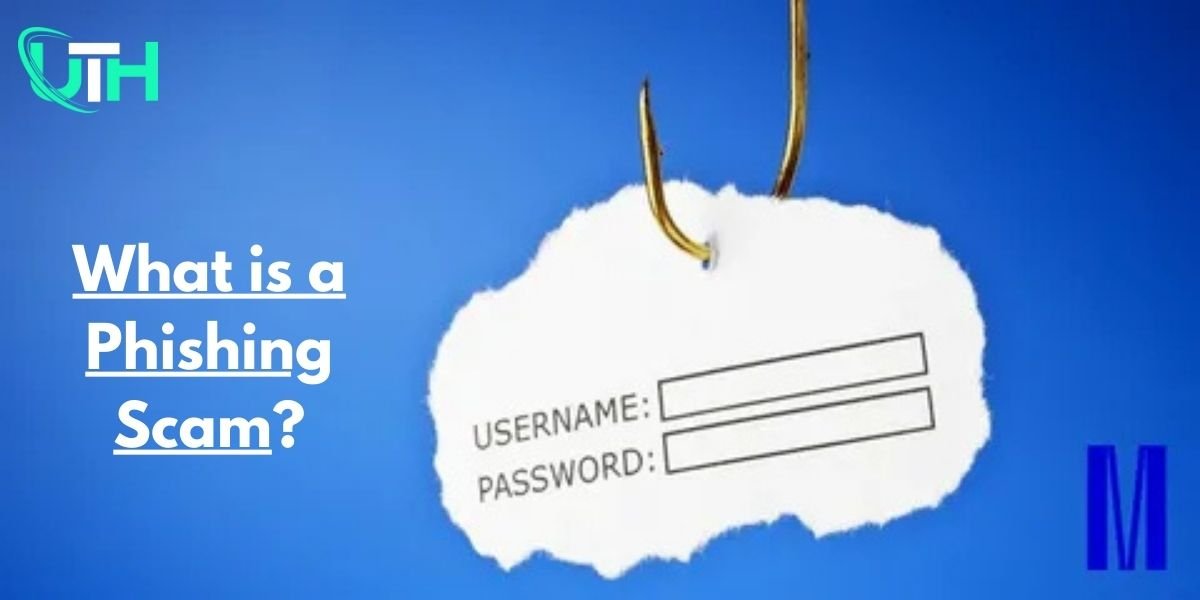
Phishing is a type of cybercrime that uses deceptive tactics to trick individuals into revealing sensitive information or taking actions that compromise their security. The term “phishing” comes from the act of “fishing” for personal information, typically through emails, text messages, or websites that appear legitimate but are actually fraudulent.
In a phishing scam, attackers often impersonate trusted entities, such as banks, social media platforms, or government agencies, to lure victims into clicking on malicious links or downloading harmful attachments. These links can lead to the installation of malware that steals personal information, passwords, and financial details. Alternatively, they may direct victims to counterfeit websites that closely resemble legitimate ones, prompting them to input sensitive data.
Phishing attacks frequently exploit social engineering techniques, such as creating a sense of urgency or fear, to manipulate victims into acting impulsively. Attackers may also gather personalized information from social media or public records to make their messages seem more authentic and increase their chances of success.
What is a phishing scam?
Phishing scams are attempts by hackers to steal sensitive or personal information by impersonating trusted individuals or organizations. Typically, hackers achieve this by embedding a link in an email that directs the victim to a seemingly legitimate but fraudulent website. Once on the fake site, the hacker may prompt the victim to change their password or provide login credentials. The attacker can then use this information to open new credit card accounts in the victim’s name or transfer funds from their bank account.
How can I identify a phishing scam?
The first rule of defense is never to send personal information via email. No legitimate bank or organization will ever request such sensitive details through email. Phishing emails often use social engineering techniques to create convincing scams, making it challenging to distinguish between genuine and fraudulent communications. Always be cautious and verify the authenticity of requests before sharing any personal data.
- Phishing emails often ask you to “verify,” “update your account,” or warn that “failure to update your records will result in account suspension.” A trustworthy company will never ask you to re-enter your information via email. Always be cautious and avoid falling for these tactics.
- It’s essential to thoroughly investigate any email requesting sensitive or personal information. Even if the email appears legitimate—featuring authentic logos, official language, or links to reputable websites—it could still be a phishing attempt. Never share your personal information through these channels.
Here are a few ways to identify phishing scams:
- Be cautious of generic emails, as scammers frequently employ minimal or no specific details to reach a broad audience. Avoid emails that appear excessively generic at all times.
- Check for inaccurate email addresses or domain names. Verify whether email addresses that claim to be from IBM are actually from IBM-approved domains (e.g., ibm.com) rather than misspelled addresses or non-IBM domains like gmail.com or yahoo.com. Official IBM emails will always originate from ibm.com.
- Be cautious of requests for money or financial information. IBM recruiters will never ask potential candidates for payment as a condition of employment or to apply for a job.
- Beware of “too perfect” job postings. Positions that promise “no skills or experience required” with extraordinarily high salaries are usually too good to be true and likely false.
Phishing Scam Prevention Tips
Phishing emails, sometimes called pharming or whaling, deceive recipients into giving away money or disclosing personal information, such as credit card numbers, usernames, passwords, and Social Security numbers. Unauthorized parties use this sensitive information to commit identity theft.
USE THESE TIPS TO PROTECT YOURSELF FROM FALLING VICTIM TO PHISHING ATTACKS.
DO NOT:
- Avoid answering emails, letters, phone calls, raffles, or competitions from unidentified parties. Be cautious of email warnings that contain spelling mistakes, awkward language, and a blank space next to “Dear” or “undisclosed recipients” in the address line.
- Never send passwords, Social Security numbers, bank account numbers, credit card information, or other personal details via email, as most online emails are not secure.
- Be wary of emails that seem authentic, especially if they include company names, logos, images, or copyrights. Avoid responding to pop-ups or email messages that ask for money or personal information.
- Please do not click on links in unsolicited communications, as they may lead to suspicious websites. Similarly, avoid updating personal information online in response to email requests.
- It’s safer to cut and paste the link into your web browser because unwanted links can disguise themselves to appear as if they lead to one website but actually redirect to another.
- Avoid answering calls from businesses or government organizations asking you to update account information by calling a number provided in a recorded message.
- Phishing can also occur over the phone. Scammers use Voice-over-Internet Protocol (VoIP) technology to request personal information, then reroute the call to steal your data.
DO:
- Install, update, and use firewalls, anti-virus software, and anti-spyware programs to help reduce the number of phishing emails you receive. Firewalls are especially important with broadband connections, as computers are always connected to the Internet. For more information on computer security, visit www.onguardonline.gov or www.staysafeonline.org.
- Regularly check your bank account statements for any unauthorized charges as soon as you receive them.
- Examine your credit reports regularly. You can do this for free three times a year through the three major reporting agencies at www.annualcreditreport.com.
- Be cautious when opening attachments or downloading files from emails, even if they are from well-known senders, to avoid malware, spyware, viruses, or other programs that may compromise your computer’s security.
- When submitting financial data online, look for the “https” prefix in the web address and a locked padlock symbol to ensure the connection is secure.
- Contact the company directly using the official phone number on their statement, not the number in the email, if you receive unsolicited emails using their name.
- Report suspected phishing schemes to the Consumer Protection division at dos.ny.gov/consumer-protection, to the affected organization, and to https://reportfraud.ftc.gov/. You can also report phishing emails to the Anti-Phishing Working Group by emailing reportphishing@apwg.org.
- If you’ve shared personal information with unidentified or unverified individuals, contact the businesses you have accounts with immediately. Place a fraud alert or security freeze on your files with credit reporting agencies to protect your identity.
How to report a phishing scam or spam email.
The techniques used by spammers to trick victims into revealing private information are constantly evolving. Common examples include:
- Phishing attacks involve fake emails that appear to come from the IRS, university administrations, or other professional organizations, aiming to steal personal information such as passwords and usernames. As a general rule, any email that asks for personal information is likely fraudulent.
- Often, spam emails aim to promote websites or sell products. While spam is generally more annoying than dangerous, the websites linked in these emails may contain viruses or malware. You have three options: report the messages to Microsoft directly (see below), delete them, or set up a rule to mark them as spam.
- Social engineering attacks try to manipulate individuals into clicking on harmful links or disclosing private information by pretending to be legitimate accounts. For more details, refer to Social Engineering Attacks: Common Methods and How to Prevent an Attack.
- SMiShing uses text messages to convince individuals to click on links or take actions that can compromise their accounts. To learn more, check out What is Smishing?
Common Examples of Phishing Scams
Phishing scams take many forms, targeting both individuals and organizations with deceptive tactics. Here are some common phishing scams and how they work:
- Email Phishing
Cybercriminals send fraudulent emails pretending to be from trusted organizations such as banks, online platforms, or government agencies. These emails often instill a sense of urgency, such as account suspension warnings or payment issues, leading victims to click on malicious links or divulge sensitive information.
For instance, you may receive an email purporting to be from your bank that reads, “We have detected an unusual login.” Verify your account now.” When you click the link, a fake login page with the intention of stealing your credentials appears. - Spear Phishing
Spear Phishing is a phishing scam that targets specific individuals or organizations. The attacker often gathers personal information about the victim to make the communication appear legitimate.
Example: An executive receives an email from a “colleague” asking for confidential financial information or access to internal systems. - Smishing (SMS Phishing) Attackers use text messages to lure victims into clicking malicious links or sharing personal information. These messages often impersonate banks, delivery services, or other trusted entities.
Example: A message claims, “Your package delivery is delayed. Click here to reschedule.” The link leads to a phishing site. - Vishing (Voice Phishing)
Scammers use phone calls to deceive victims into providing sensitive information. They often pose as customer service representatives, government officials, or tech support.
Example: A caller claims to be from the IRS, threatening legal action unless you provide personal details or make an immediate payment. - Social Media Phishing
Attackers create fake profiles or send direct messages on platforms like Facebook, Instagram, or LinkedIn, pretending to be someone the victim knows or a trusted brand.
Example: A message reads, “You’ve won a prize! Click here to claim it.” The link leads to a site that steals your information. - Clone Phishing
In this tactic, cybercriminals replicate a legitimate email you’ve previously received but alter the links or attachments with malicious ones.
Example: A fake update email from a service you use, such as “Here is the updated document,” redirects you to a phishing site. - PayPal Phishing
A scam email claims your PayPal account is on hold due to suspicious activity, prompting you to verify your account. The provided link directs you to a fake PayPal login page. - Apple ID Phishing
An email informs you that someone has locked your Apple ID. The email leads you to a fraudulent Apple login page, where hackers steal your credentials. - Business Email Compromise (BEC)
This sophisticated scam targets businesses, tricking employees into transferring funds or disclosing sensitive information.
Example: A finance officer receives an email from the “CEO” requesting an urgent wire transfer to a specific account.
Understanding these examples can help you identify phishing attempts and avoid falling victim. Always verify the source, avoid clicking suspicious links, and use secure communication channels when in doubt.
Conclusion
Phishing scams are a prevalent form of cybercrime where attackers aim to deceive individuals into disclosing sensitive information like passwords, credit card numbers, and other personal details. These scams typically involve deceptive emails, text messages, or websites that seem authentic, leading victims to click on malicious links or download harmful attachments.
FAQ’s
What is a phishing scam?
A phishing scam is a type of cybercrime where attackers use deceptive tactics to trick individuals into revealing sensitive information, such as passwords, credit card details, and social security numbers.
How do phishing scams work?
- Email Phishing: Attackers send emails that appear to be from legitimate sources (banks, social media, etc.) urging recipients to click on links or open attachments. These links or attachments often contain malware or lead to fake websites designed to steal information.
- SMS Phishing, also known as Smishing, is similar to email phishing, but it is delivered via text messages.
- Voice Phishing (Vishing): Attackers use phone calls to trick victims into providing sensitive information.
How can I protect myself from phishing scams?
- Be vigilant: Be wary of suspicious emails, texts, and phone calls.
- Verify authenticity: Always double-check the sender’s address and website URL before clicking on any links or attachments.
- Strong passwords: Use strong, unique passwords for all online accounts.
- Two-factor authentication: Enable two-factor authentication whenever possible.
- Keep software updated: Ensure your devices and software have the latest security patches.
- Educate yourself: Stay informed about the latest phishing scams and techniques.
-
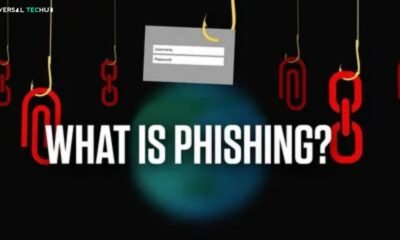
 Phishing attack8 months ago
Phishing attack8 months agoWhat is Spear Phishing and How You Can Identify This Scam?
-
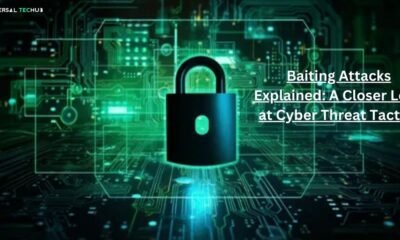
 Social engineering attack10 months ago
Social engineering attack10 months agoBaiting Attacks Explained: A Closer Look at Cyber Threat Tactics
-

 Social engineering attack8 months ago
Social engineering attack8 months agoWhat are Social Engineering Attacks – A Complete Guide to Cyberattacks Prevention
-

 Social engineering attack9 months ago
Social engineering attack9 months agoSpear Phishing Attack: A Targeted Cyber Threat
-
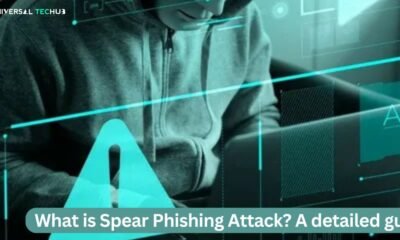
 Social engineering attack10 months ago
Social engineering attack10 months agoWhat is spear phishing attack? A detailed guide
-
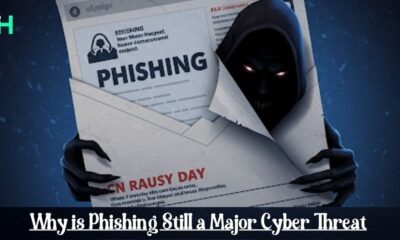
 Phishing attack4 months ago
Phishing attack4 months agoWhy is Phishing Still a Major Cyber Threat? Everything You Need to Know
-
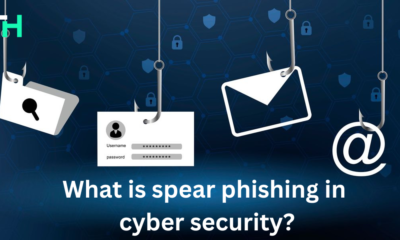
 Social engineering attack10 months ago
Social engineering attack10 months agoWhat is spear phishing in cyber security?
-
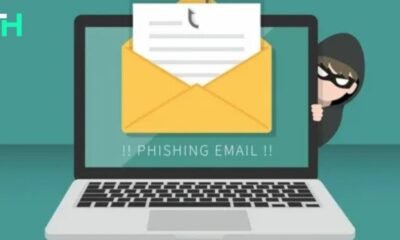
 Phishing attack8 months ago
Phishing attack8 months agoWhat Are Phishing Emails? A guide for you


